In 1586, Prince Grigory Zasekin built a fortress on the Samara River bank, which was to ensure control of the new-sprung city and the middle reach of the Volga. By the early XVIII century, the fortress was lost in a fire, and a new one was built, the fragments of which were found out during excavations on the Khlebnaya Square (Khlebnaya Ploshchad). Thus the city of Samara was making its place on the map.
By the middle of the XIX century, Samara became the main city of Samara Governorate. This is also the period of its rapid economic development. Samara became the granary of the Russian Empire: it yielded the highest wheat harvest in the country! Many mills and barns appeared and grain stores were opened in the city. Fairs were held here three times a year, where colonial products were also on sale. There were total of 375 prototypes of modern shops in the city. Since 1851, the population of Samara increased from 15 thousand people six times within half a century.
The October Revolution of 1917 was accepted in Samara as a fait accompli: the revolutionary Valerian Kuybyshev announced the victory of the Soviet power from the local circus arena. But six months later, local rebels united with the Czechoslovak Corps and overthrew the new regime. The power was temporarily seized by Komuch — Committee of former Members of the Constituent Assembly. Samara was declared the capital of the Russian Republic, which was formed by the towns occupied by the Czechs. A couple of weeks before the first anniversary of the October Revolution Samara became Soviet again — the Czechs retreated, and the Red Army entered the city, led by Vasily Chapaev. There is a square in Samara named after the legendary revolutionary, with a monument to Chapaev. In 1935, Samara lost its historical name: it was Kuibyshev until 1991.
A secret decree number 801ss was issued during the Great Patriotic War, which prescribed the evacuation of the Soviet capital from Moscow to Kuybyshev. Diplomatic missions, industrial enterprises and other structures, which had moved from Moscow, started to work in the «reserve capital». Actors of many theatres of the capital were evacuated here, and this is the place where Dmitri Shostakovich completed his famous Symphony No.7 «Leningrad» and where a bunker for Joseph Stalin was built within a very short time. It is still unknown whether the leader of the Soviet Union visited it just for once, but today this building is the most popular tourist destination in the city. During the war, the industrial production of Kuybyshev increased five times. The city significantly contributed to the common victory, producing more than 28 thousand IL-2 and IL-10 aircrafts.
Samara has much to be proud of. For example, it was the first among other Russian cities, where in 1915 horse-trams (bobtail cars) were replaced by trams, completely made from domestic materials. Russia owes just to Samara the famous «Zhigulevskoye Beer», which is brewed at the homonymous beer factory. It is also here where a Confectionery Factory Rossiya is operating and which is known to everyone in the country by its slogan «Russia — Generous Soul». Samara is the very city which produced Tu-154 aircraft — the most widespread soviet passenger jet, as well as boosters of R-7 family, which were used by all Russian and Soviet cosmonauts. Samara Railway Station is the highest of all the European stations, and the local promenade is considered the longest in Europe!
Since Samara is situated on the Volga River, fish specialties have always been well regarded in the local cuisine: ukha (fish soup), pike cutlets, fish solyanka (fish thick soup) and pike perch, baked with vegetables. Cherry dishes are especially popular among the desserts due to a lot of cherry orchards growing in precincts. A cherry pie festival is even held in August in the village of Shiryaevo, Samara region. The City Day of Samara, which is celebrated on the second Sunday of September, is a perfect time to explore the local gastronomic traditions.
In 2018 Samara will host FIFA World Cup matches. For these purposes, the «Samara Arena» stadium was built with a capacity of almost 45 thousand spectators. This sports venue is said to be the largest among all the other stadiums hosting the 2018 FIFA World Cup. In addition, a new street called Arena-2018 was laid to the stadium.
Samara is a major industrial center, which produces an excellent chocolate and delicious beer, as well as spare parts for aircrafts. Besides that, there are dozens of places here to walk and to see, and the classic Volga landscapes long remain in the memory of every traveler.
Get directions
The way to Samara from Moscow and St. Petersburg will take less than two and a half hours by plane; by train — from 13 to 23 hours and from 18 hours to half a day, respectively. The «Kurumoch» Airport in Samara is International. You can get here from the European and Asian cities with a transfer in Moscow (there is a through service to Prague).
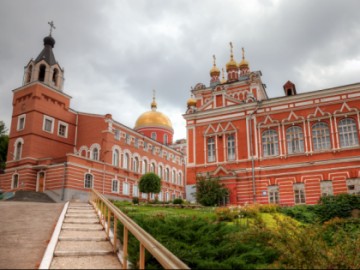
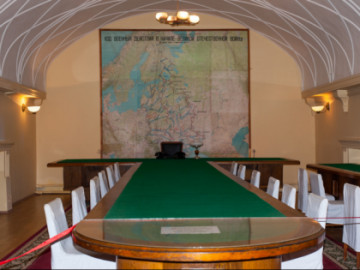
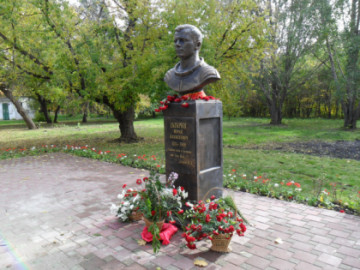
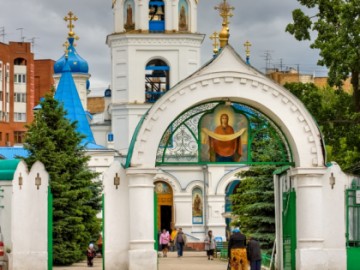
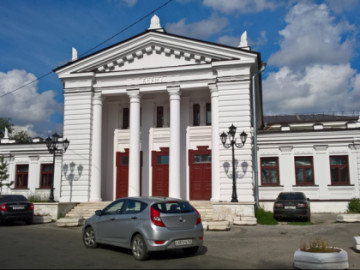


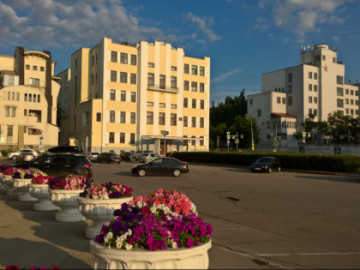
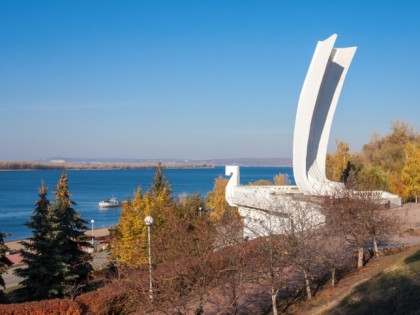
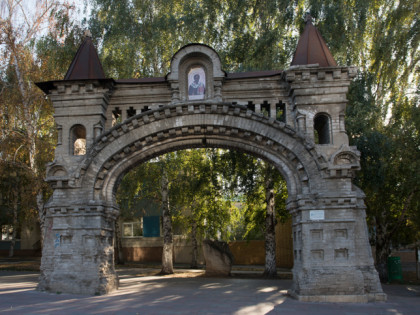
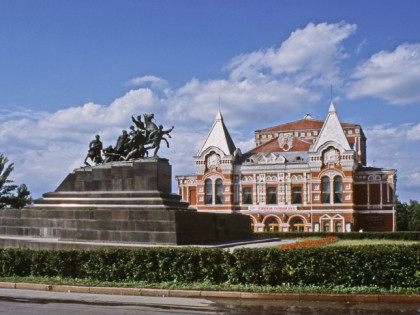
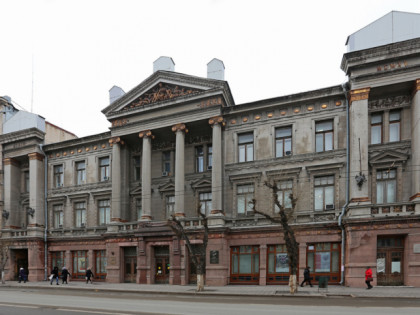
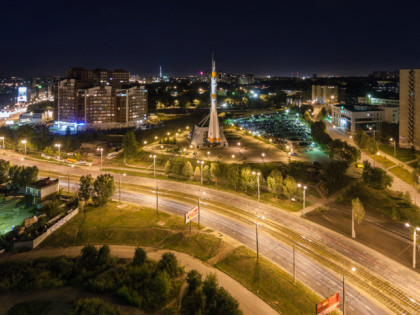
 Museums and Exhibitions
Museums and Exhibitions
 Parks and recreation
Parks and recreation
 Other places
Other places
 Architectural Monuments
Architectural Monuments
 Temples and places of worship
Temples and places of worship
